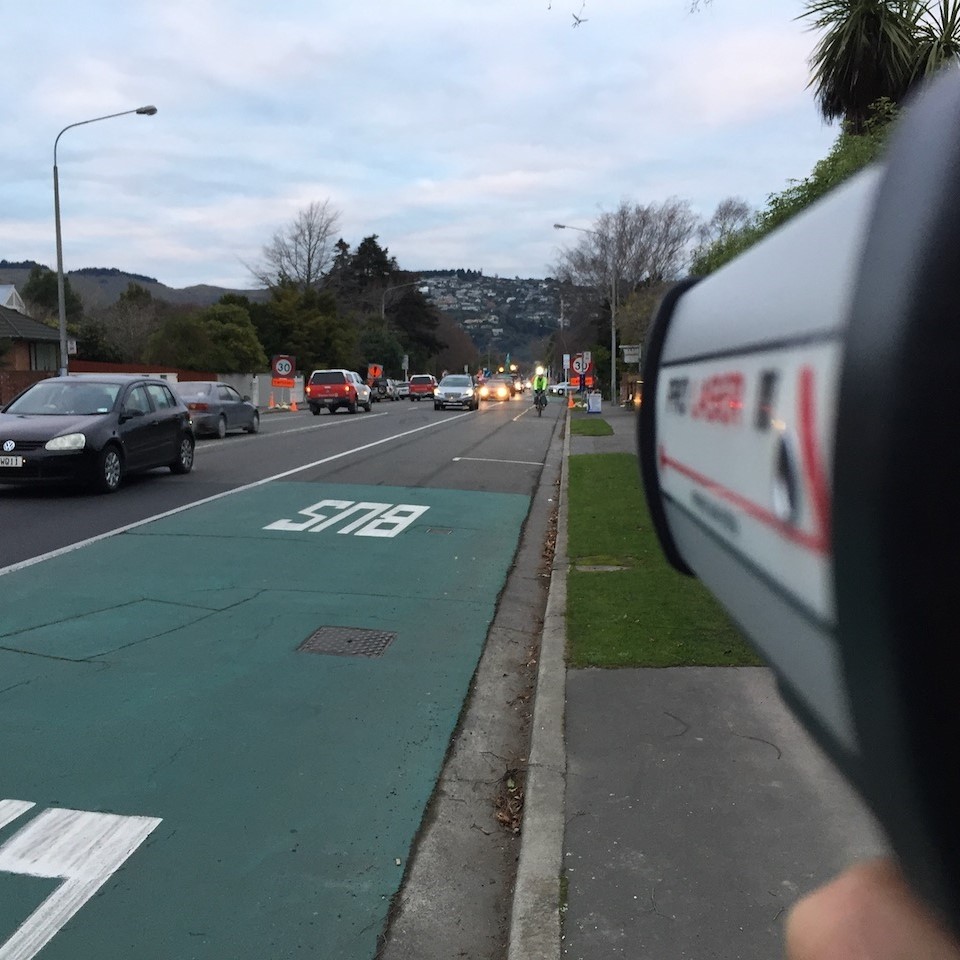Speed, gender and device type surveys
Shared paths and cycling facilities in New Zealand are increasingly used by a more diverse group of people and transport devices. The growth in numbers and diversity of users and devices has prompted this work to augment New Zealand’s Cycling Network Guidance (CNG) to make sure the geometric design of cycling facilities reflects the needs of the current population using these facilities.
Commissioned by Waka Kotahi NZ Transport Agency, ViaStrada conducted a speed, gender and device type survey in 2020 at several sites in Auckland, Wellington and Christchurch to update previous surveys in 2017 and 2018. The research revealed that:
- E-bike riders average 5.2 km/h and 8.8 km/h higher than unpowered riders on flat and hilly terrain, respectively.
- E-bikes are addressing the gender imbalance: on flat terrain, women make up 28% of unpowered cyclists but 44% of e-bike riders. On hilly terrain, women make up 23% of unpowered cyclists but 38% of e-bike riders. On all types of terrain, women are 27% of unpowered cyclists and 43% of e-bike riders.
On flat terrain, the lowest average speeds are on the Hagley Park Uni-Cycle shared path, and the highest average speeds are on facilities that are more distant from the city centres. The highest speed differences between e-bikes and unpowered bikes are (not surprisingly) on hilly terrain.
Other findings include:
- E-scooter riders (n=46) average 23.3 km/h on flat ground.
- The average speed of e-bike riders in Christchurch has been declining over the three survey years, despite the increasing availability of higher speed models[1]. This may be due to a broader cohort of riders of different abilities and interests. However, on the Hutt Road in Wellington, average e-bike rider speeds increased from 30.8 km/h to 32.2 km/h between 2017 and 2020.
- E-mobility (e-bikes and e-scooters) is increasing rapidly: from 2.6% in 2017 to 13.6% in 2020 (Christchurch) and from 10% in 2017 to 24% in 2020 (Hutt Road, Wellington). At Quay Street in Auckland the 2020 survey figure is 15%.
- On hilly routes in Wellington, the proportion of e-bikes is much higher: 51% on Brooklyn Road and 30% on Glenmore Street (40% average).
- On the shared path in Auckland a much higher proportion of e-scooter use is observed: 11% compared to the average of 3% at all flat sites.
The results of the survey are available on our website.


